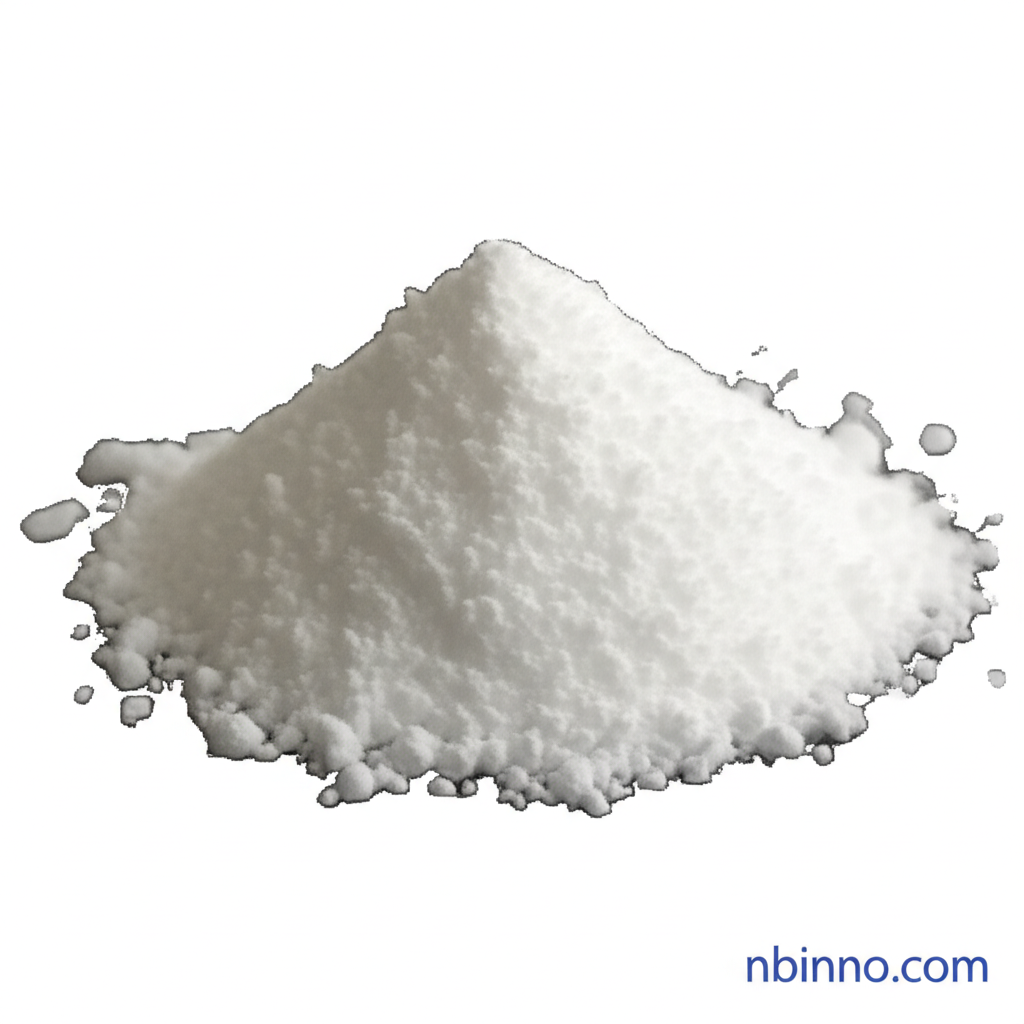2-Chloronicotinic Acid: A Versatile Intermediate for Pharmaceuticals and Agrochemicals
Explore the critical role of 2-Chloronicotinic Acid in advanced chemical synthesis and product development.
Get a Quote & SampleProduct Core Value

2-Chloronicotinic Acid
2-Chloronicotinic acid is a pivotal organic intermediate, widely recognized for its indispensable role in the synthesis of both pharmaceuticals and agrochemicals. This compound is a foundational element in creating high-value active pharmaceutical ingredients (APIs), contributing to the development of crucial therapeutic agents like antibacterial and antiviral drugs. Its versatility extends to the agrochemical sector, where it serves as a key building block for the formulation of effective herbicides and insecticides.
- As a building block for APIs, 2-chloronicotinic acid is vital for creating advanced pharmaceutical formulations.
- The synthesis of herbicides and insecticides relies heavily on the unique chemical properties of this intermediate.
- Its applications in organic synthesis enable diverse chemical transformations, facilitating innovation in fine chemicals.
- 2-Chloronicotinic acid plays a significant role in medicinal chemistry, supporting the discovery and production of new drugs.
Key Advantages
High Purity and Stability
Ensuring consistent product quality, 2-chloronicotinic acid offers high purity and stability, critical for reliable outcomes in complex synthesis pathways.
Versatile Reactivity
The reactive chlorine and carboxyl groups on the pyridine ring allow for diverse chemical transformations, making it a valuable component for heterocyclic compound synthesis.
Broad Application Spectrum
From pharmaceuticals to agrochemicals and material science, its wide range of uses highlights its significance across multiple industrial sectors.
Key Applications
Pharmaceutical Manufacturing
Utilized in the synthesis of active pharmaceutical ingredients (APIs), including antibacterial and antiviral drugs, supporting critical healthcare advancements.
Agrochemical Development
Serves as a crucial intermediate in the development of herbicides and insecticides, contributing to enhanced crop protection and agricultural efficiency.
Organic Synthesis
Its reactive functional groups make it an indispensable building block for synthesizing complex organic molecules and heterocyclic compounds.
Material Science
Finds applications in material science, leveraging its unique chemical structure for novel material development and research.
